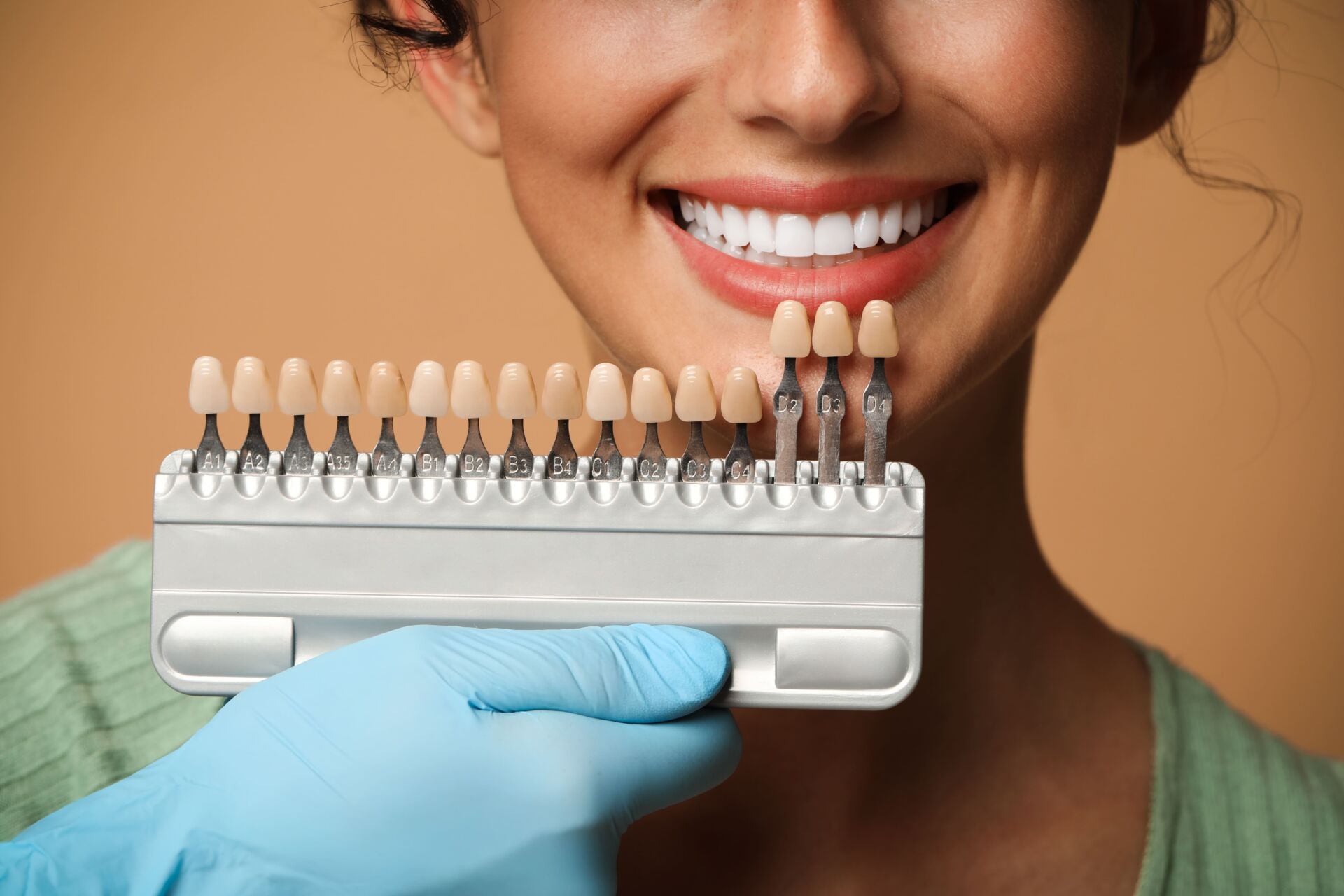When you have temporomandibular joint disorder, you are likely all too familiar with the pain and stiffness this joint condition causes. You probably also know that the pain caused by temporomandibular joint disorder isn’t isolated to just the temporomandibular joint. In fact, this condition can cause pain to reverberate throughout the rest of the head and upper body. It can even cause seemingly unrelated side effects such as tinnitus (ringing of the ears). If you’re wondering why your temporomandibular joint disorder is causing you so much pain and wondering what other muscles and bones could be affected by this joint misalignment, keep reading.
Masseter Muscle
The masseter muscle is a muscle in the face that allows you to chew much of the solid foods you consume. The masseter connects the mandibles to the cheekbones and is described as being almost parallelogram shaped. The masseter has two sections: the deep section and the superficial section. Because of the location of the masseter muscle, it is very often irritated by the movement of the temporomandibular joint when it is out of alignment. This is one of the many reasons having temporomandibular joint disorder makes chewing painful and difficult.
Mandible
The mandible is your lower jawbone – the bone that is most likely misaligned with the temporomandibular joint. The mandible is used in speaking and chewing and is the only movable bone in the face. The mandible is also the strongest and largest bone in the entire face.
Temporomandibular Condyle
The temporomandibular condyle is a ball-shaped joint that facilitates the movement of the jaw when it opens and closes. Ideally, when the jaw opens and closes, the condyle should come out of its socket and move forward. Then, when the jaw closes, the condyle should return to the socket. With temporomandibular joint disorder, this doesn’t happen. Instead, the condyle often travels too far and becomes stuck so it cannot return to the joint where it belongs. This causes the surrounding muscles to spasm and the jaw to freeze.
Temporalis
The temporalis is another muscle that aids in chewing. It is a fan-shaped muscle that covers the temporal bone, stemming from the temporal fossa. The temporalis is the most powerful muscle in the temporomandibular joint and is the joint that hurts when we grind our teeth or clench our jaw – behaviors that could contribute to or stem from temporomandibular joint disorder To learn more about TMJ disorder or to schedule an appointment with Dr. George, please call 724-220-2347.




